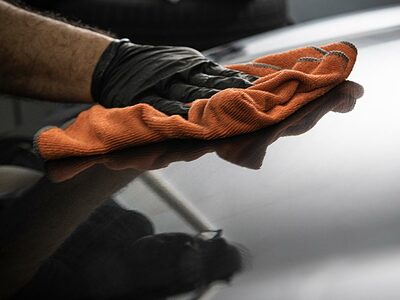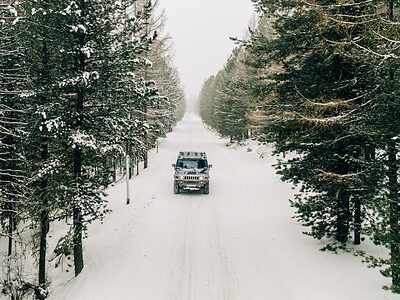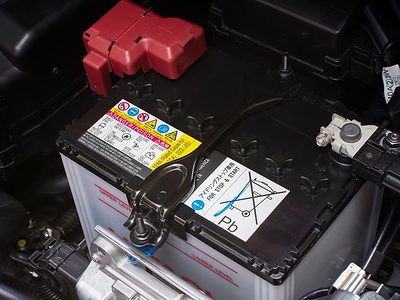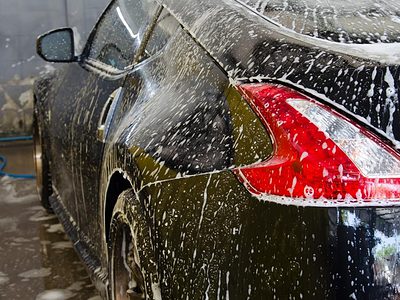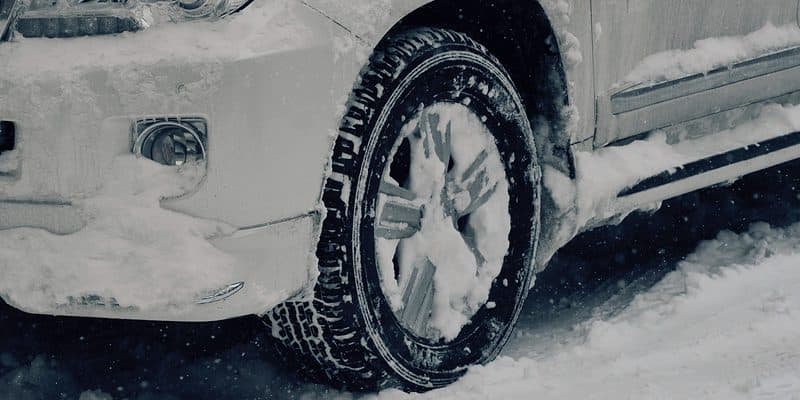
Winter is a difficult month for car washing. The frequent sub-32 °F (0 °C) temperatures cause water to freeze rapidly. As a result, washing will damage your car’s exterior and jam the hinges, handles, and locks.
So you shouldn’t wash your car in winter, then? Actually, you should. If anything, your car needs to be cleaned more in the winter than summer.
During winter, salt is commonly used to melt snow. Driving over roads during this period can quickly cause salt to stick to the car body, leading to corrosion. Naturally, this creates a problem. But not to worry, this article will explain exactly how to wash your car in the winter. So, keep reading.
How to Wash Your Car’s Exterior in the Winter
You don’t want to wash your car at the freezing point of water for obvious reasons. You should avoid anything below 39.2 °F (4 °C) due to the anomalous expansion of water, where it expands instead of contracting from 4 °C to 0 °C. But you still have to wash in the winter, though. The best solution is to ensure the temperatures are warmer, ideally above 50 °F (10 °C).
Achieving such temperatures is tricky, so you might consider going to a car wash service. Otherwise, try to wash during the day, when it’s likely to be warmer. It can also help to wash in a heated garage, which will prevent jams due to frozen water, giving you more time to dry your vehicle thoroughly. You could also start the engine and let it run for about 30 minutes before washing.
Another option is to use hot water, which is not advisable as it could damage your car’s paint. With those tips in mind, washing the car is mostly the same as any other time—you can check our car washing guide for more info.
Pre-soak the vehicle to remove any contaminants like salt and rocks. Then, patiently wash each section of the car with a good car wash soap as you would normally. When you’re done, rinse thoroughly with a hose or bucket to remove the soap and all the loosened pieces of dirt, and dry up the car with a microfiber towel.
You may need to pay extra attention to the wheels, wheel compartments, undercarriage, and all lower aspects of the vehicle, as they’re more prone to heavy salt contamination. For optimum results and maximum protection, increase your car wash frequency to around once every week or ten days if you live in snowy areas.
How to Clean Your Car’s Interior in the Winter
Cleaning the inside of your car during winter is not so different from other seasons. Here’s how:
Cleaning Carpets or Floor Mats
First, you must remove all types of trash from your car and then pull out the mats. When you remove the mats, firmly shake them so that any dirt and debris will fall off. Alternatively, apply a vacuum cleaner to suck any dirt attached to them.
Afterward, wash the mats with your preferred soap and water. Rubber silicon or vinyl mats may only require hosing up. Whereas, if you have unique mats, you might need to apply specific cleaners such as a carpet or upholstery cleaner to prevent damage. Once done, leave them to dry or dab them with a microfiber towel to speed up the process.
Cleaning Seats
It’s a good idea to kick off your seat cleaning with a vacuum to suck any dirt or debris on them. Then, proceed to clean the chairs with the right products. Leather seats, for example, may only require wiping down with a damp cloth. But stains are a more significant issue with cloth upholstery. So, soap is almost always needed.
Wiping off Windscreens and Windows
Car windows are prone to smudges and stains, especially if you have kids. So, they benefit a lot from a proper glass cleaner. If you’ve got one, spray the product on a microfiber cloth and apply it to the glass.
Spaying on the fabric is the better option, as directly spraying the cleaner on the widow may get some of it on other objects that it shouldn’t touch. Then, wipe off with a second cloth. See our guide on washing car windows without streaks for more information.
Keep Your Car Looking Good in the Winter
Cars need a lot of cleaning, especially in the winter. The presence of salts on the roads causes serious harm to vehicles as the salt eats up various parts of the car. Follow the above tips and procedures, and you’d have answered the question of how to wash your car in the winter.
Of course, winter’s only one season. So check out our general guide to washing your car in other seasons.

